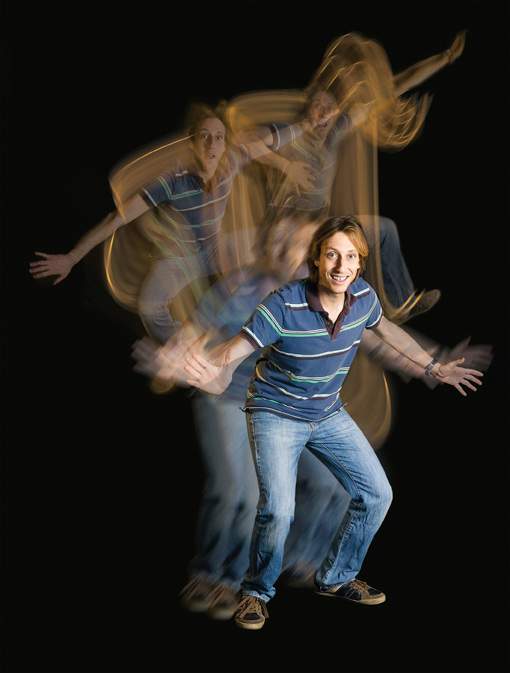Are you a journalist? Please sign up here for our press releases
Subscribe to our monthly newsletter:

Dr. Ehud Altman: "Nothing can compare to the feeling you get at the moment of understanding something new, something we didn't know before. I look forward to many more of these moments."
Superconducting materials – those in which electric current flows without meeting any resistance – could be used to provide efficient transmission of electrical power over long distances, to build super-magnets that help fast trains "float" over their tracks, to create sensors for detecting especially tiny magnetic fields and to develop various ultra-efficient components for future computers. Most metals can become superconductors, but the catch is that they first have to be cooled down to near-absolute-zero temperatures – a fact that has hindered their use in most applications. The ceramic superconductors developed in recent years are a slight improvement: They work at the relatively "warm" temperatures of "only" minus 140° - 200° Celsius (73° - 133° above absolute zero).
Dr. Ehud Altman of the Condensed Matter Physics Department researches, among other things, the quantum factors involved in the phenomenon of superconductivity. One of the things he has investigated is superconductors made of two different materials, each of which, on its own, is a poor superconductor or a non-superconductor. Surprisingly, two such materials, when stuck together, can sometimes result in a superconducting material that works at much higher temperatures than most existing superconductors. Altman has developed a theory for this phenomenon, and his insights might in the future assist in the development of advanced applications and superconductors that work at close to room temperature.
Dr. Ehud Altman's research is supported by the Asher and Jeannette Alhadeff Research Award.